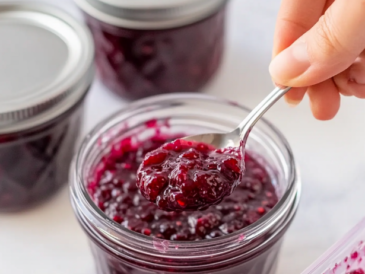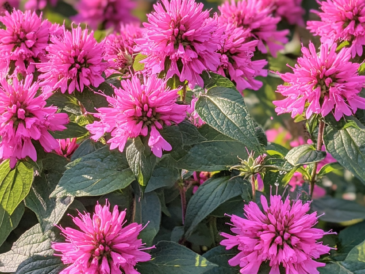If you’ve ever dreamed of harvesting your own fresh, juicy blueberries, you’re in luck! With the right approach, you can grow buckets full of blueberries no matter where you live. Follow this comprehensive guide and get ready to enjoy a bountiful harvest.
Part 1: Planning and Planting Your Blueberry Paradise 🫐
1. Choose the Perfect Blueberry Variety
Selecting the right blueberry variety is the first step towards a successful harvest. Different varieties thrive in different climates, so choose one that suits your region:
- Highbush Blueberries: Ideal for USDA zones 4-7. These are common in cooler climates and produce large, flavorful berries.
- Lowbush Blueberries: Best for USDA zones 3-6. These hardy plants are great for colder regions and produce smaller, sweet berries.
- Rabbiteye Blueberries: Suitable for USDA zones 7-9. Thrive in warmer, southern climates and are known for their abundant yields.
- Half-High Blueberries: A hybrid suited for USDA zones 3-7. Combines the hardiness of lowbush with the size of highbush varieties.
🌟 Pro Tip: Planting multiple varieties can extend your harvest season and improve pollination, leading to more berries!
2. Select the Optimal Growing Location
Blueberries love sun and acidic soil. Here’s what to look for:
- Sunlight: Choose a spot that receives at least 6-8 hours of direct sunlight daily. More sun equals sweeter berries!
- Soil Acidity: Blueberries prefer acidic soil with a pH between 4.5 and 5.5. Test your soil using a home kit or professional service.
- Adjusting pH: If your soil is too alkaline, mix in elemental sulfur or peat moss to lower the pH.
- Drainage: Ensure the soil drains well to prevent root rot. Avoid low-lying areas where water collects.
🌿 Container Gardening: If your native soil isn’t suitable, grow blueberries in large containers or raised beds filled with acidic potting mix. This method also allows you to move plants to optimal locations throughout the season.
3. Prepare Your Soil for Planting
Proper soil preparation sets the foundation for healthy, productive plants.
- Loosen the Soil: Dig down about 12-18 inches to break up compacted soil, allowing roots to spread easily.
- Incorporate Organic Matter: Mix in plenty of organic material like compost, peat moss, or well-rotted pine needles to improve soil structure and fertility.
- Ensure Proper Drainage: Create raised beds if necessary to enhance drainage, especially in areas with heavy clay soils.
🌱 Mulching: Apply a 2-4 inch layer of organic mulch (pine bark, wood chips, or straw) to help retain moisture, suppress weeds, and maintain soil acidity.
4. Plant Your Blueberry Bushes Correctly
Timing and technique are key when planting blueberries.
- Best Time to Plant: Early spring or fall are ideal planting times when temperatures are mild.
- Planting Steps:
- Dig the Hole: Make a hole twice as wide and as deep as the root ball.
- Place the Plant: Set the bush in the hole, ensuring the top of the root ball is level with or slightly above the soil surface.
- Backfill Gently: Fill in with amended soil, pressing lightly to remove air pockets.
- Water Thoroughly: Give the plant a deep watering to settle the soil around the roots.
- Spacing: Allow adequate space between plants:
- Highbush Varieties: 4-6 feet apart.
- Lowbush Varieties: 2-3 feet apart.
- Rows: Space rows 8-10 feet apart for easy access and air circulation.
🌼 First-Year Care: Remove any flowers that appear during the first year to allow the plant to focus energy on establishing strong roots and branches.
5. Watering and Feeding Your Blueberries
Consistent watering and proper fertilization are crucial for healthy growth and abundant fruiting.
- Watering Guidelines:
- Frequency: Provide 1-2 inches of water per week. Increase during hot, dry periods.
- Method: Use drip irrigation or soaker hoses to deliver water directly to the roots and minimize fungal issues.
- Fertilizing Tips:
- Type: Use a fertilizer formulated for acid-loving plants (like azalea or rhododendron fertilizers).
- Schedule:
- First Feeding: Apply in early spring as buds break.
- Second Feeding: Apply again in late spring after flowering.
- Application: Follow package instructions carefully to avoid over-fertilization, which can harm the plants.
🍃 Organic Options: Consider using compost or well-rotted manure for a natural nutrient boost.
Part 2: Nurturing and Harvesting a Bountiful Blueberry Crop
Keep reading to discover how to nurture your blueberry bushes and ensure a bountiful harvest in “Page 2” of this guide!




